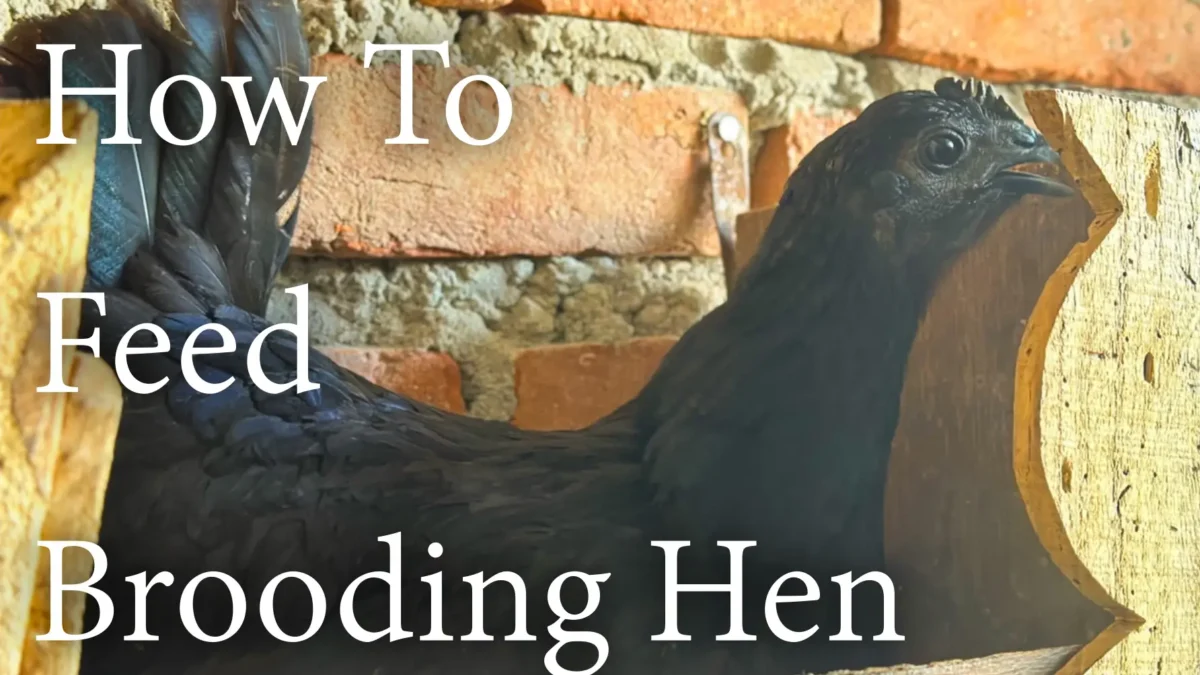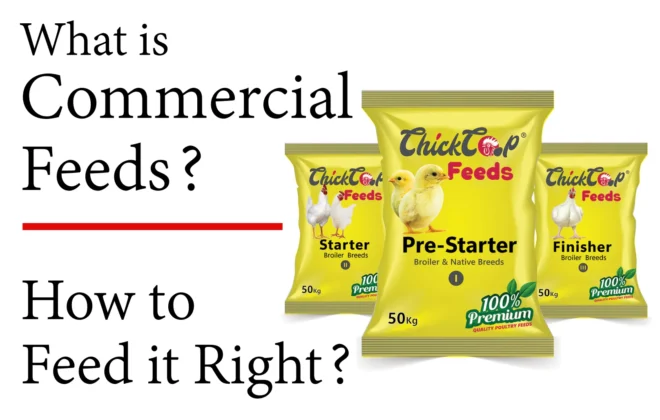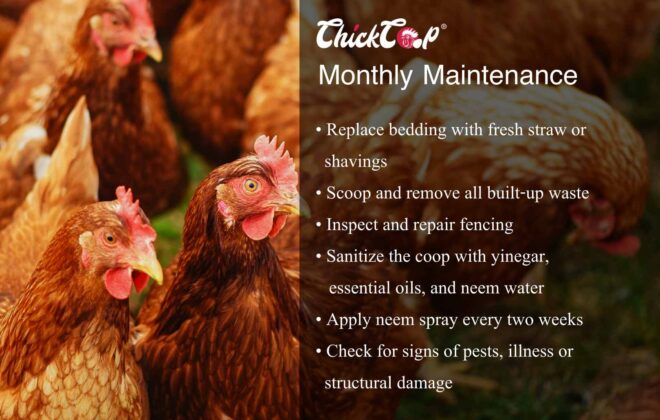
How To Feed Brooding Hen / Setters?
When a hen decides to go broody, her natural instincts take over. She stops focusing on her own needs and puts nearly all her energy into incubating her clutch of eggs. While this behavior is essential for hatching healthy chicks, it comes with a cost: the hen dramatically reduces her food intake, sometimes eating only a fifth of what she normally would—or nothing at all.
During this period, water becomes more important than food. When a broody hen leaves the nest, her first stop is usually the waterer. Over the 21 days of incubation, she may lose up to 20% of her body weight. This is why supporting setters with the right nutrition before and during brooding is crucial for their health and the success of the hatch.
The Importance of Fat Reserves
For a hen to successfully sit through the incubation period, she must begin in excellent health. A good setter carries a layer of body fat, visible through a creamy or yellow skin tone. These reserves act as an energy store during the weeks she spends on the nest.
By contrast, hens with a reddish or bluish skin color often lack the necessary reserves. Such birds may abandon the nest before incubation is complete or suffer health issues due to excessive weight loss. In short, not every hen is ready to be a setter—and it’s the keeper’s responsibility to ensure she is properly prepared.
Feeding Strategy for Broody Hens
When a hen goes broody, her diet should shift. Instead of layer feed, which is designed for egg production, switch her to scratch grain. Here’s why:
- 🥣 Weight Maintenance: Scratch grain helps hens maintain body condition during fasting periods.
- 💩 Cleaner Droppings: Grain diets produce firmer droppings, reducing the risk of soiling eggs in the nest.
- 💧 Hydration Support: Place water close to the nest to encourage frequent drinking.
Don’t worry if the hen doesn’t eat immediately. After a few days, she should begin leaving the nest for 15 to 20 minutes daily. During this short break, she will:
- Relieve herself
- Drink water
- Eat a little scratch grain
- Possibly take a dust bath
Then, she’ll return to her eggs with renewed focus.
Best Practices for Healthy Setters
To give your broody hen the best chance of hatching healthy chicks, follow these tips:
- Start with hens in peak condition—well-fed and healthy before brooding.
- Provide scratch grain and clean water close to the nest.
- Keep the nest clean and dry to reduce stress.
- Avoid handling or disturbing the setter unnecessarily.
These small management steps can make the difference between a successful hatch and disappointment.
Final Thoughts
Supporting setters isn’t just about filling feeders—it’s about understanding the unique needs of a broody hen. With the right diet and care, your hens can safely sit their clutches and hatch strong, healthy chicks.
At ChickCoop®, we’re more than just a Chicken Company, writing interesting blogs about them– we’re your trusted partner in building a modernized, sustainable and profitable farm. From breed selection to buy-back support, feed guidance, and modern farm management tips, we ensure farmers like you achieve the best results and profits.
Call us today to discuss your farming needs
📧 Email us at: write@chickcoop.in
📞 Call us: +91-9939209699
📞 Do you have a broody hen and want expert guidance on feeding and care for successful hatching? Call us today—we’ll help you give your setters the best support possible!


